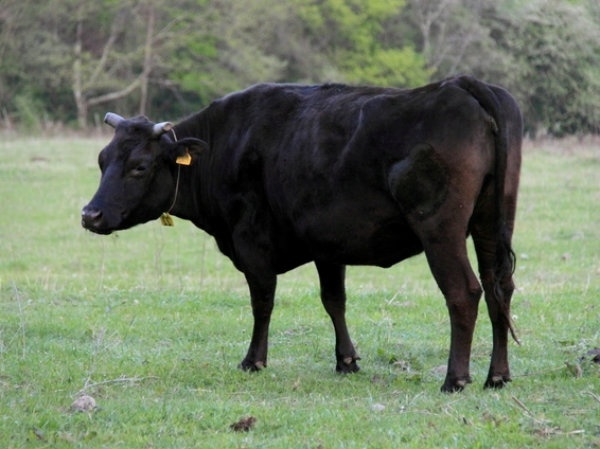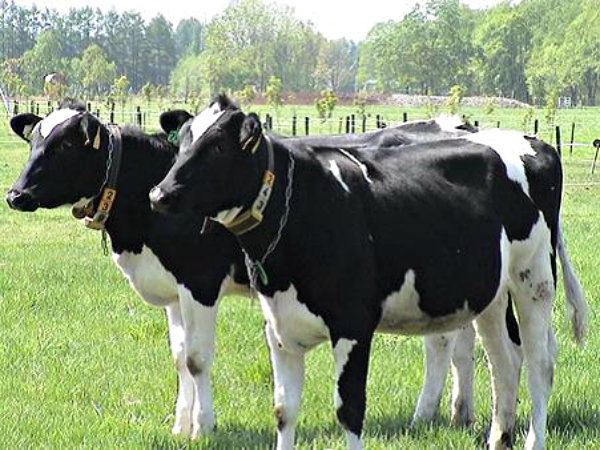Beef Up Your Knowledge of Beef!
Along with sushi and ramen, Japanese beef is on the short list of foods gourmands look forward to eating on a trip to Japan. But it turns out there are two terms that can be translated as “Japanese beef,” but with different meanings. So what’s the difference? Let’s take a look.
By SoraNews241. Wagyu

http://www.wagyu-naigai.com/concept.html
The term that’s most likely to pop up in English discussions and menus is wagyu, with wa meaning “Japan” and gyu meaning “beef.” But being a cow in Japan doesn’t necessarily qualify the animal for wagyu status. To earn the label, the cow has to be one of four traditional Japanese breeds: Kuroge (“Black Hide”) Wagyu, Akage (“Red Hide”) Wagyu, Nihon Tankakushi (Japanese Shorthorn), or Mukakuwashu (Japanese Polled Cattle).
Japan’s most famous beef varieties, Kobe and Matsuzaka, are subsets of Tajima cattle, itself a strain of Kuroge Wagyu, and so can be called wagyu.
2. Kokusangyu

http://www.kobe-meatclub.com/original6.html
But if wagyu can be called “Japanese beef,” so too can kokusangyu, literally “beef produced in the country (i.e. Japan).” Kokusangyu refers to any domestically raised cow, regardless of whether or not it falls into one of the four wagyu breeds. Holsteins raised in Japan, for example, are kokusangyu, but not wagyu.
Technically, this means that any Japan-raised wagyu is also kokusangyu. There’s a small loophole though, in that cows born in another country that are then relocated—spending the majority of their lives in Japan—can also be called kokusangyu.
So, in summary, wagyu gives you a clue to the breed, and kokusangyu indicates where the animal was raised. Since wagyu is widely held to be high quality meat, and Japan always has a preference for domestically produced foodstuffs, both wagyu and kokusangyu carry plenty of cachet. Generally, though, wagyu gets more mouths watering and wallets opening, since imported wagyu is almost never seen in Japan.
With this in mind, if you’re after the most prestigious beef Japan has to offer, you might want to take the boasting of restaurants trumpeting their kokusangyu with a grain of salt, as the type of beef itself might be the same as what you can get in your own country. Before you get drawn into a restaurant by the tempting promise of “Japanese beef,” you might want to check just what kind of Japanese beef it is.
Related Stories:
Strawberry and beef? We try Lotteria’s new Tochigi Wagyu Steak Hamburger with Strawberry Sauce
“Japanese steak sandwich” flavour potato chips have us slavering over our keyboards!
Island village in Japan will pay for your dates, give you a cow if you moo-ve there




